History Of Comics
The Secret Origins of Batman
by Joshua H. Stulman
Batman Day is this Saturday Sept. 15th, and to celebrate I thought I would take a look at some of the real and possible precursors to one of the most beloved super-heroes, Batman!
The creation of Batman is one of several cases that argue that a comic book creation is the credit of both artist and writer working together. This legal issue has had real consequences affecting the core of Marvel characters co-created by Stan Lee and a slew of freelance artists, like Jack Kirby, that were denied creator rights and compensation. The same can be said for Batman scribe Bill Finger, whose family only recently began to receive recognition and compensation for his part in bringing Batman to the printed page.
Here are 8 “proto” Batman concepts that pre-date Batman:
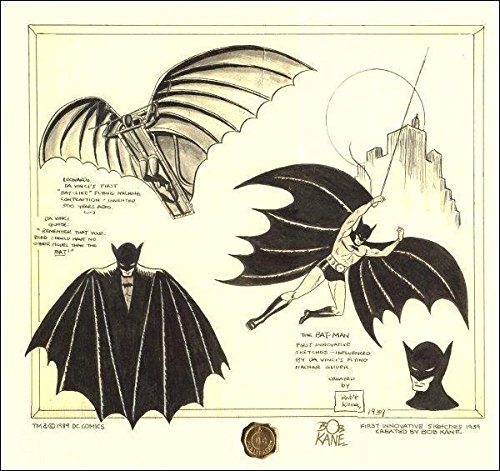
8) Leonardo Da Vinci
Bob Kane understood pop culture very well. It’s why he was such a good businessman. When asked about Batman’s inspiration later in life, Kane developed a story attaching the Batman mythos to the “high art” of Leonardo Da Vinci. He cited the art master’s Ornithopter as inspiration for a winged aspect of Batman. In 1989, Kane released a limited edition signed art print that was a composite of Batman sketches and Da Vinci’s Ornithopter that was said to be done by Kane in 1939. The art print was sold through the Warner Brothers Store. Most critics agree that these sketches were created for the art print in 1989 and were never part of Kane’s original concept for Batman.
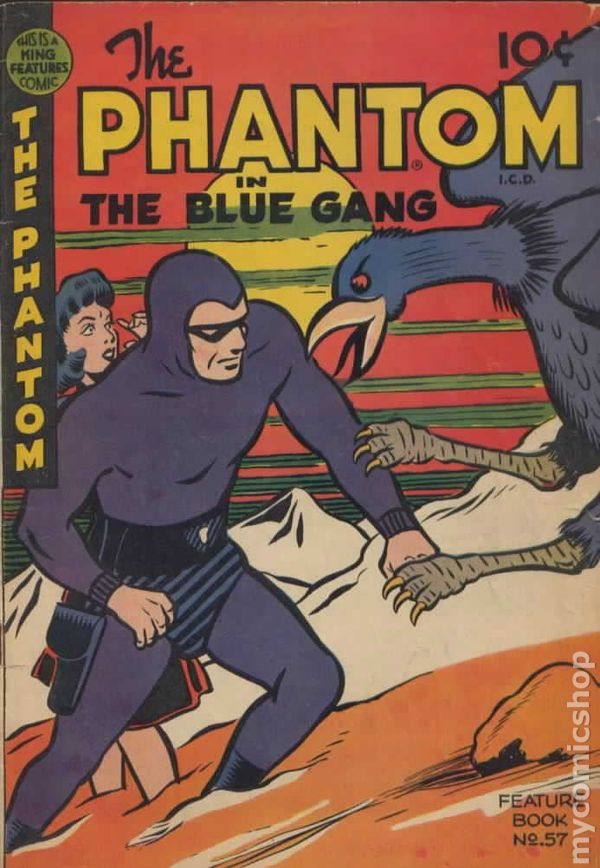
7) The Phantom
The Phantom by Lee Falk first debuted in 1936 as a syndicated cartoon strip. The series featured the first person in comic form to wear tights/costume and a mask. Bill Finger drew inspiration from the character while developing Batman including his dark costume, pupil-less eyes, lack of super-powers, and ancient Skull Cave ala the Bat-Cave.
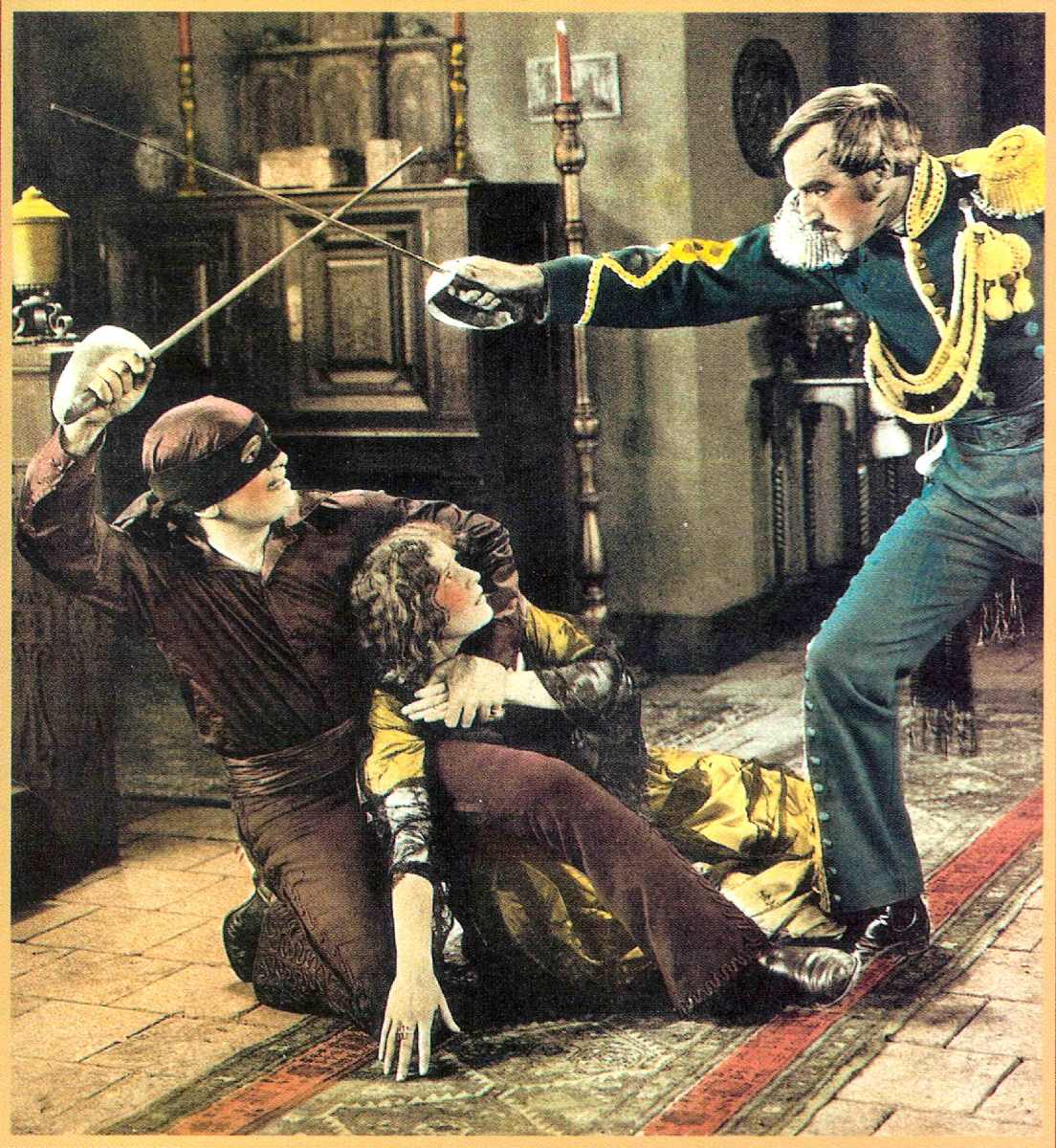
6) Zorro
Not just Zorro but especially Douglas Fairbanks’s portrayal of the character in “The Mark of Zorro” (1920). The film was incredibly influential on many comic book creators of the time. Fairbanks’s swashbuckling attitude and adventure mixed with romance and intrigue was the format that many early comic book creators sought to emulate. Superman co-creator modeled Superman’s appearance from Fairbanks. Both Bob Kane and Bill Finger attributed “The Mark of Zorro” as an influence on Batman. Zorro’s secret identity as the wealthy ranchero, Don Diego, was undoubtedly the prototype for Bruce Wayne. In Batman lore, “The Mark of Zorro” was the movie that Thomas and Martha Wayne took Bruce to see the night they were murdered and Batman was born.
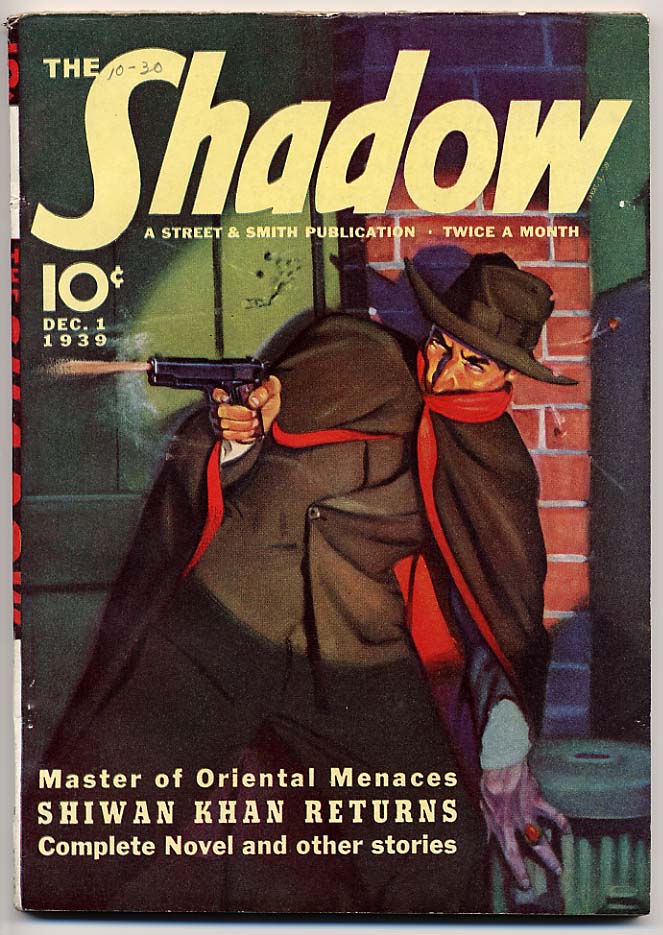
5) The Shadow
“Only the Shadow Knows!”… and cue the music. The Shadow was one of the top popular pulp fiction series and radio show of the 1930’s. The mysterious black clad figure was a detective/crime-fighter set in New York City. He fought crime with a pair of .45 Semi-Automatic pistols as well as various chemicals and acids. The Shadow assumed many false identities including that of playboy, Lamont Cranston. Bill Finger acknowledged that the The Shadow story “The Partners of Peril” was the basis for “The Case of the Chemical Syndicate” which was Batman’s debut story in Detective Comics # 27.
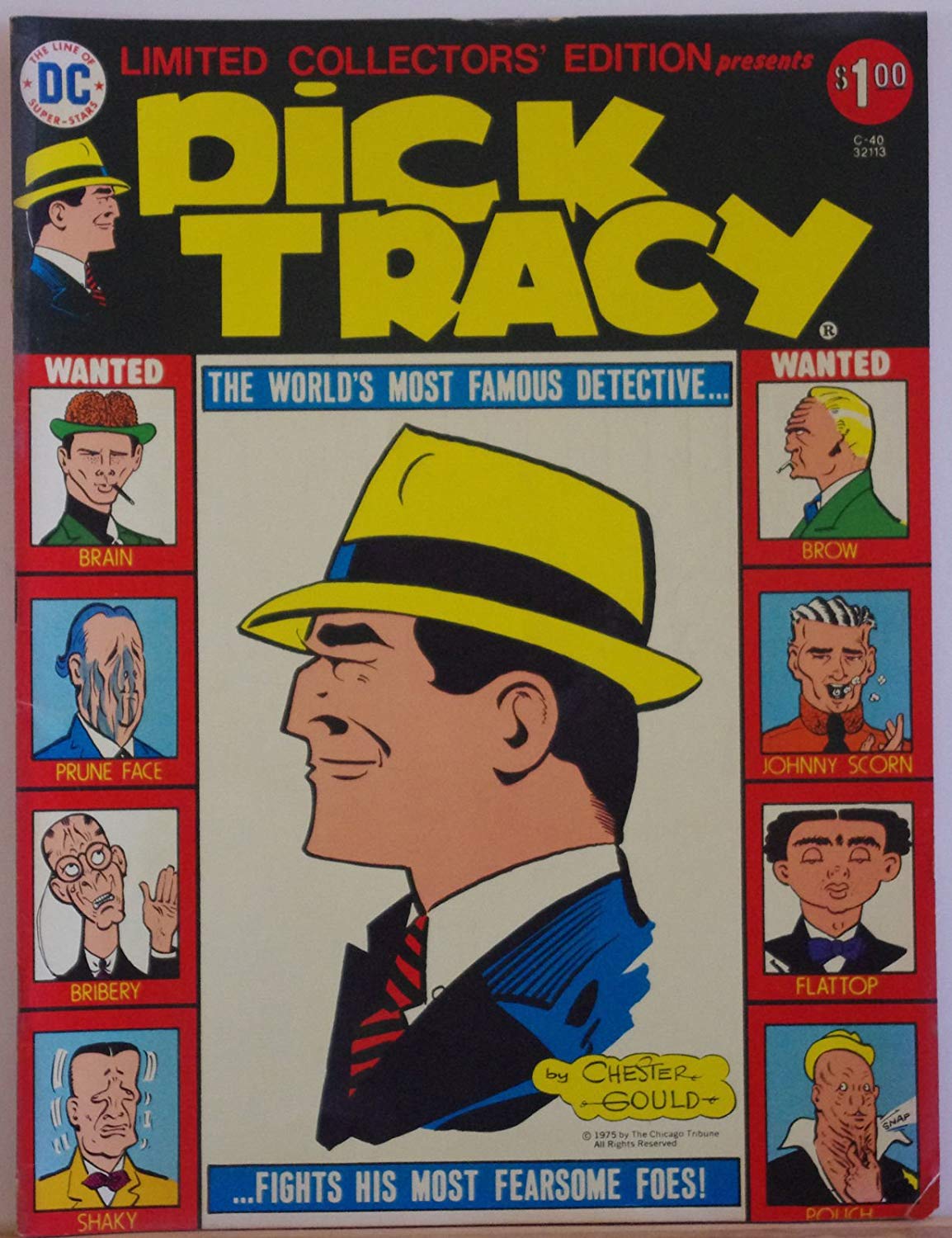
4) Dick Tracy
Everybody loves villains! It’s one of the best things about Dick Tracy… I mean Batman?! That’s right, every good hero needs an even worse villain, but Dick Tracy had hundreds! Created by Chester Gould in 1931, Dick Tracy debuted countless grotesque and colorful villains almost on a weekly basis. The machine gun touting Flat-Top, the crime boss Big Boy, the scheming Mumbles, the neglected Mole, the beautiful Breathless Mahoney, the pianist 88 Keys and much more. Gould originally used real-life police tech and methods merged with believable science fiction as a basis for his stories. It’s almost a no-brainer to see how Bob Kane and Bill Finger were inspired by Gould’s successful detective stories and topical villains.
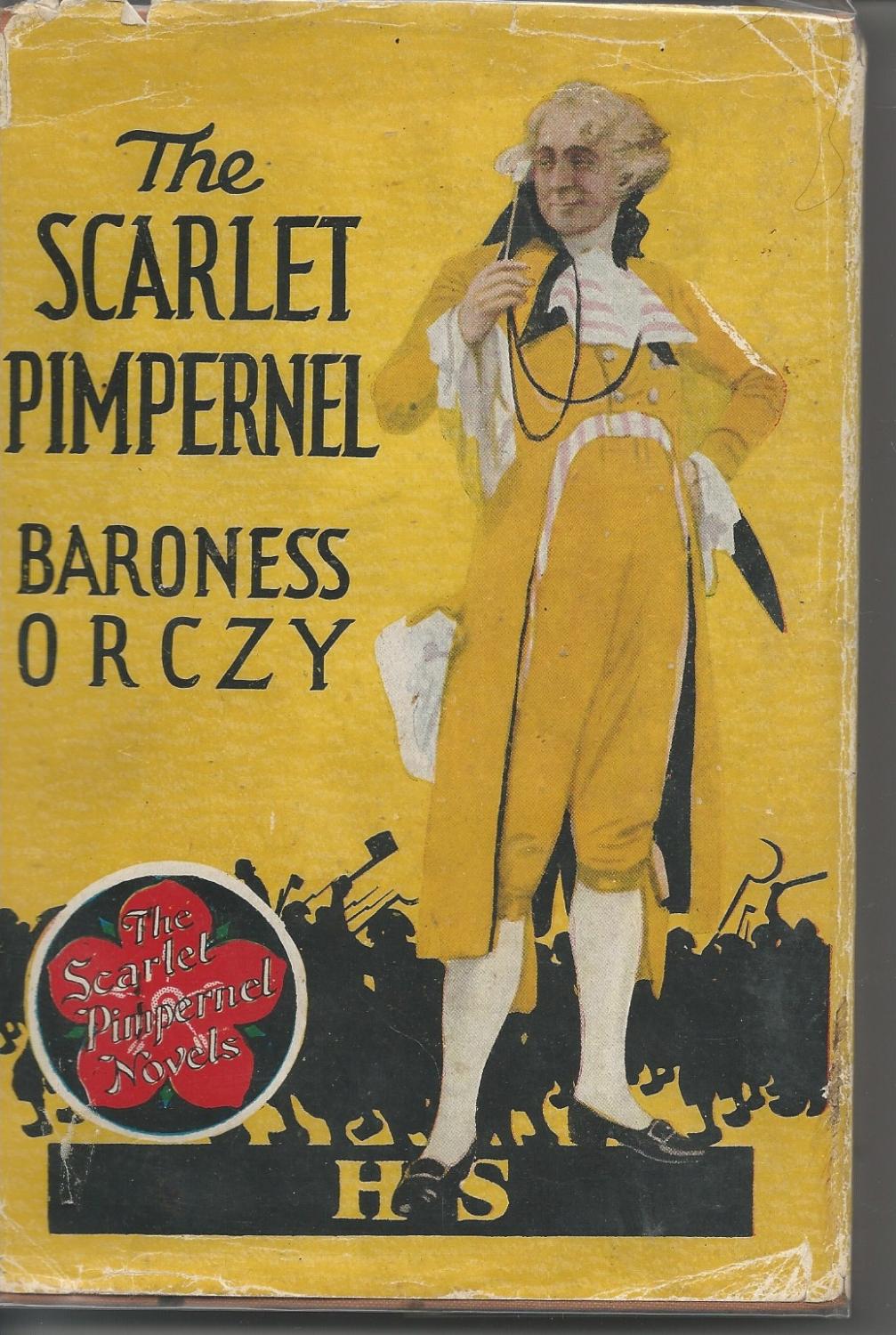
3) The Scarlet Pimpernel
The Scarlet Pimpernel, while not specifically cited by either Kane or Finger, was one of the earliest prototypes for a masked hero. Published in 1905 by author Baroness Orczy, the Scarlet Pimpernel is a master of disguise, accomplished swordsman, and inventive planner that doubles as the meek and wealthy Sir Percy Blakeney. He is noted by leaving a card with the image of a scarlet pimpernel flower.
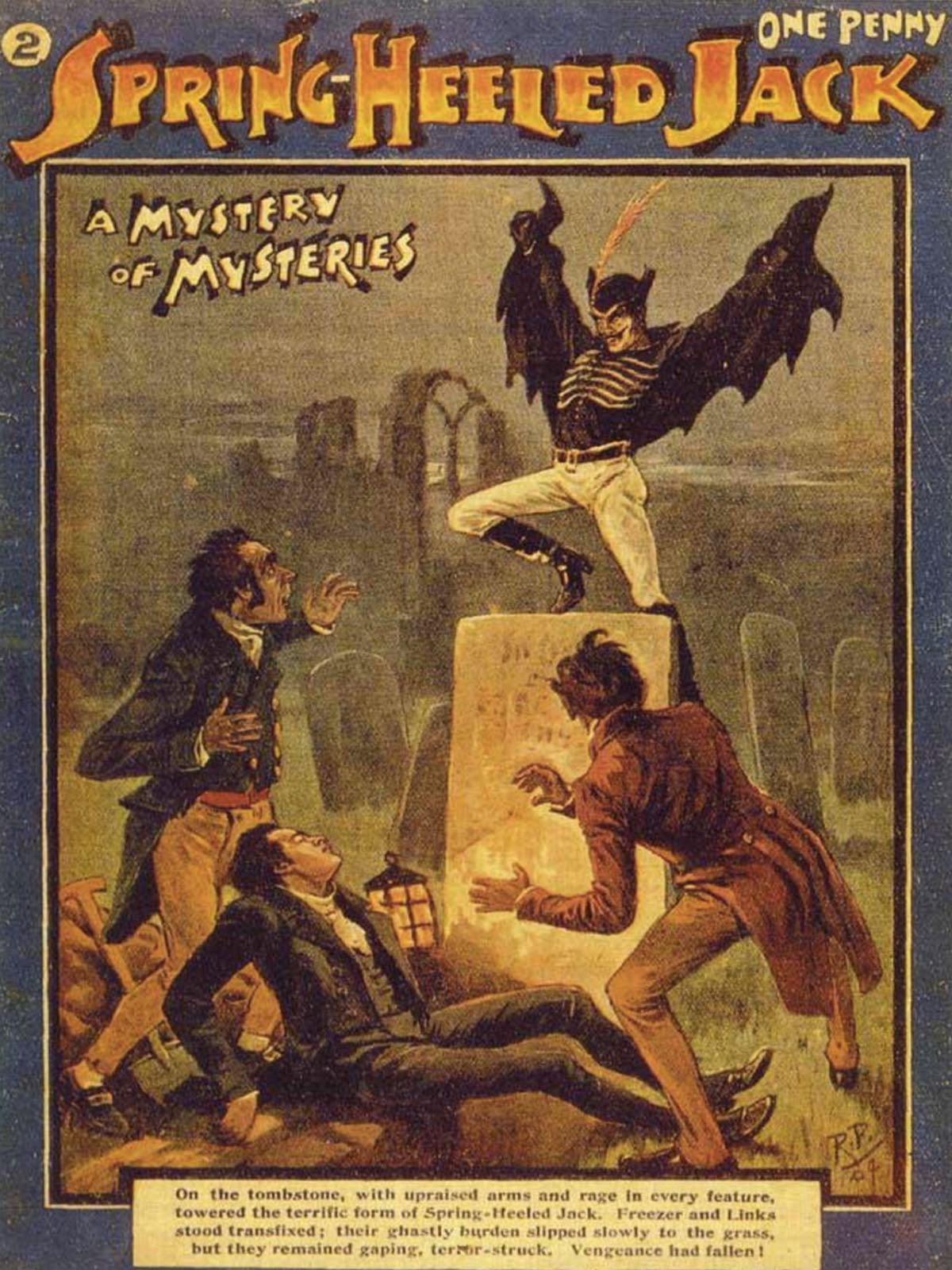
2) Spring Heeled Jack
It’s most likely unknown by either Bob Kane or Bill Finger, the English legend of Spring Heeled Jack has some surprising similarities to Batman. Spring Heeled Jack is believed to stem from a series of real incidents dating to 1837. He began to make his debut in literature in “Penny Dreadfuls”, early English pulp fiction, as early as the 1880’s. Spring Heeled Jack was a villain figure of the night. He is commonly featured with a batwing-esque cape. He performs acrobatic escapes while wearing spring heeled boots that allow him to jump 10 ft in the air. Spring Heeled Jack terrorized London and its outskirts. He was also purported to have reflective red eyes and phosphorus breath. The character was still being written about beyond the turn of the century.
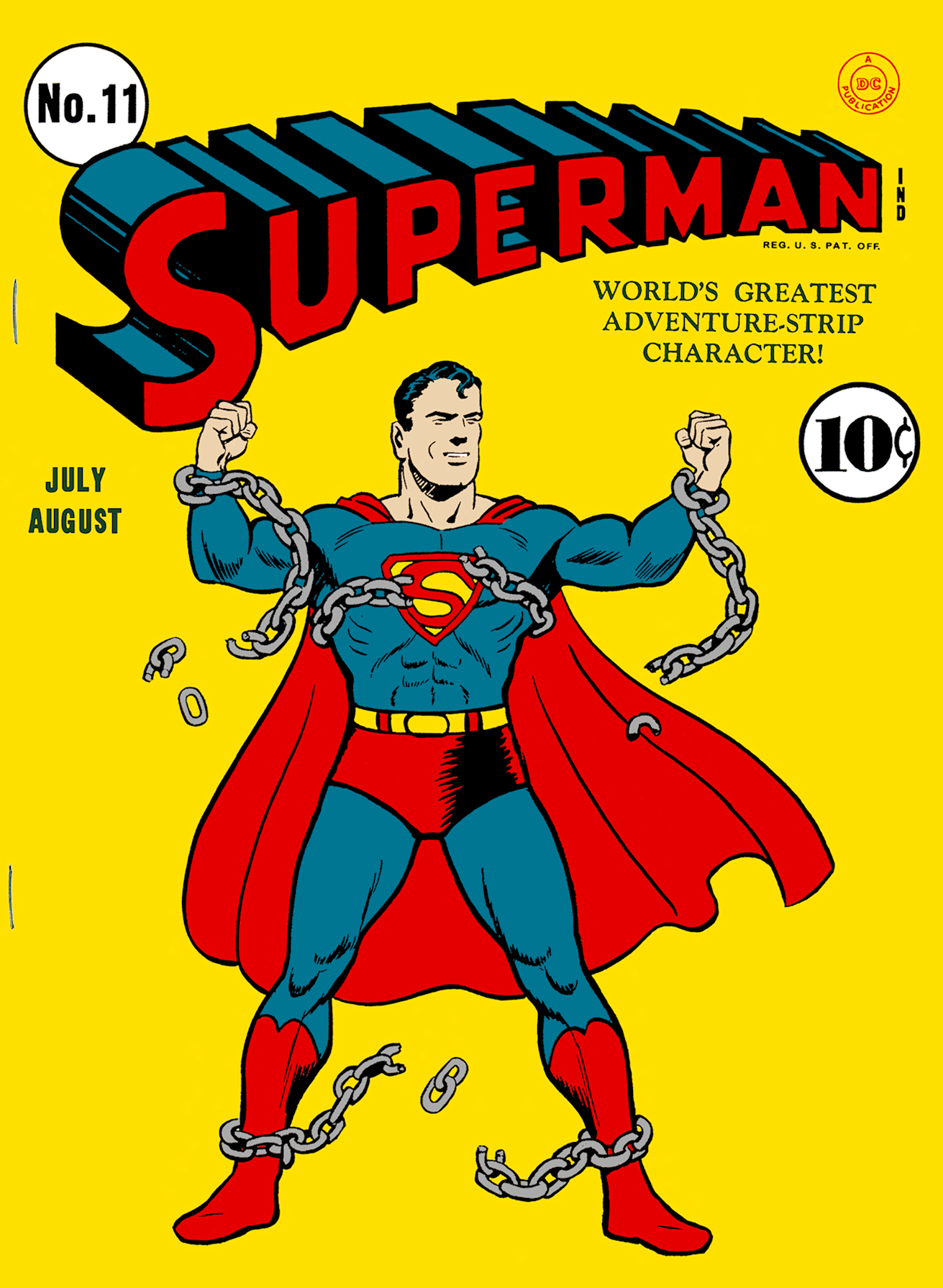
1) Superman
Up in the air, it’s a bird, it’s a plane, it’s a …Bat! So we come full circle. Superman was the first super-powered hero in comics. Created by Jerry Siegel and Joe Shuster in 1933. The comic duo spent years revising and pitching their hero to newspapers and publishers. When Jack Liebowitz finally published Superman in Action Comics # 1, the comic was an incredible success. Superman quickly became the dominant feature of the comic and was joined by a solo series in 1939.
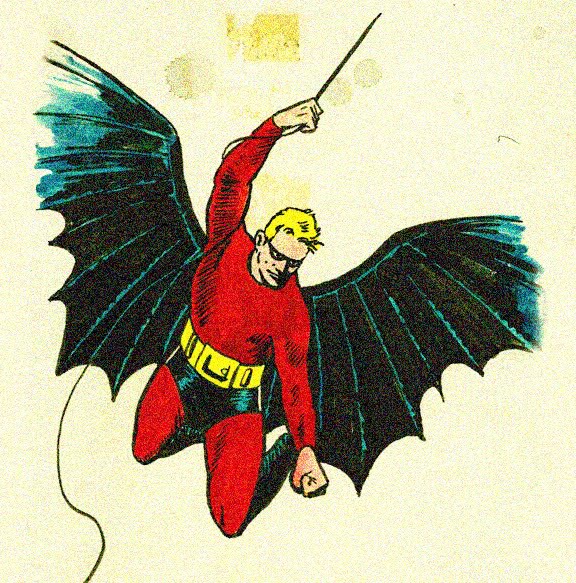
With such outstanding success, DC was eager for their next costumed sensation. When Bob Kane was asked for a new superhero, he submitted the pitch for Batman. Originally a Superman look alike, The Batman wore a spandex suit with boots but no gloves like Superman. Instead of blue, Kane picked another primary color, red, for the main color. He changed the hair color from dark to blonde and included a small domino mask. The only original feature between the two was Kane’s addition of triangular bat-wings.
After securing a contract for “The Batman” from DC, Bob Kane immediately contacted writer Bill Finger to revise the character and create adventures. Kane previously worked with Bill Finger before, hiring him as a ghost-writer for work on Kane’s strip Rusty and Clip Carson. Finger accepted the job and began work devising the first story to feature the Batman, which appeared in Detective Comics # 27 (May, 1939).
Finger worked with Kane to radically redesign Batman’s costume to make it more functional and unique from Superman. He suggested gloves, a cowl instead of mask, a scalloped cape instead of bat-wings, as well as a black/grey color scheme that would work better for Batman’s nighttime adventures. Finger later added the Batmobile and Bat-Cave as well as naming Gotham City. As writer, Finger created the secret identity of Bruce Wayne along with his tragic origin story. What resulted was one of comics’ greatest creations of all time.
Batman was quickly awarded a second solo series as well as a syndicated comic strip. To keep up with the work, Bob Kane hired additional ghost-writers and ghost-artists to produce Batman as a studio under his direction. Kane tightly controlled Batman until striking a deal with DC to sell the rights to Batman in a royalties deal worth millions. With his credibility and financial investment at stake, Bob Kane refused to acknowledge any creative collaborations on Batman until the later years of his life. From Batman’s first appearance in 1939 to as recent as 2015, sole credit for the creation of Batman was attributed to Bob Kane. With the debut of Superman Vs Batman film, DC Comics now acknowledges Bill Finger as the co-Creator of Batman. Holy Miracle, Batman!
Check out our great selection of Batman Comics and RARE Lithographs CLICK HERE
Joshua H. Stulman
Owner, BrooklynComicShop.com

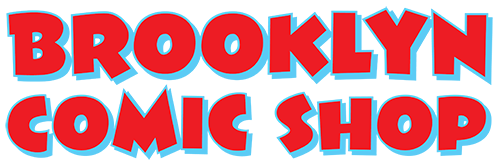
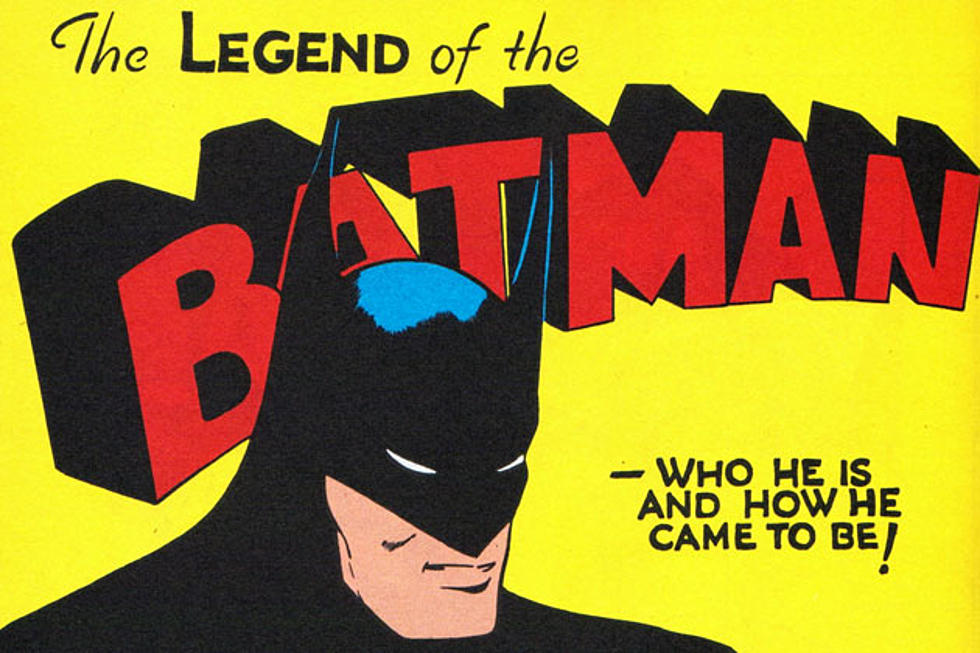
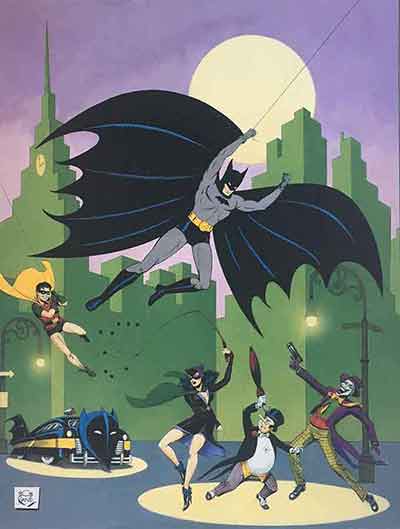
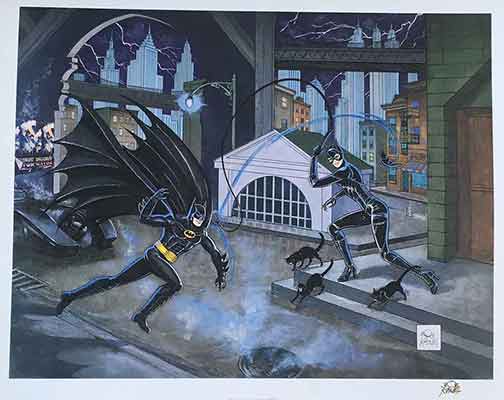
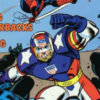
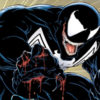






Leave a reply